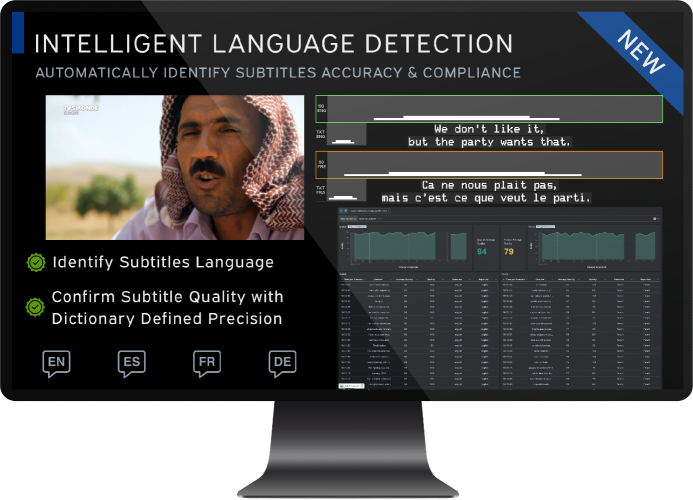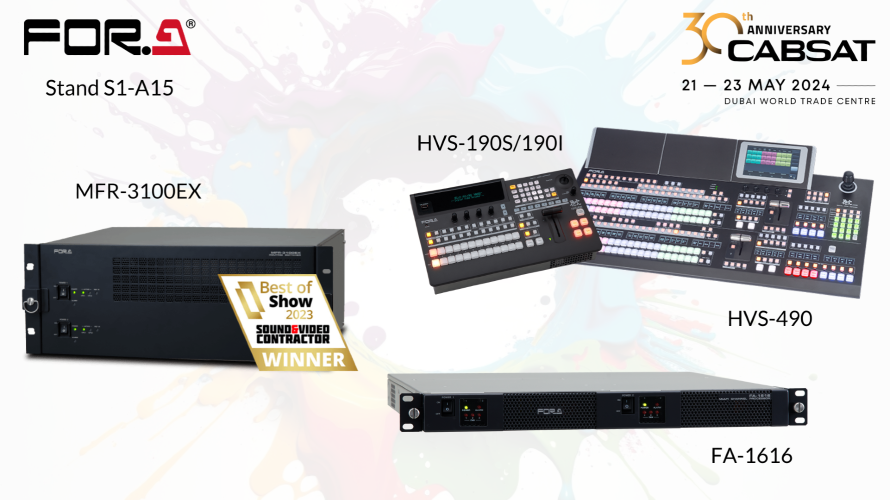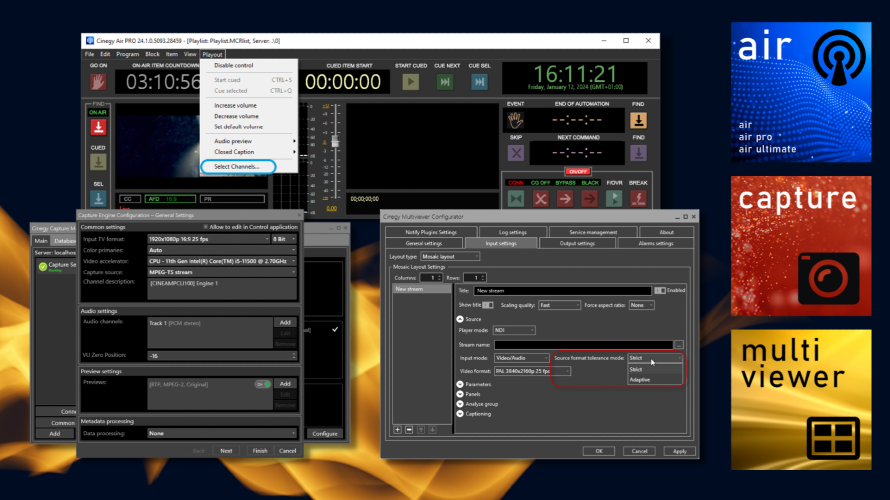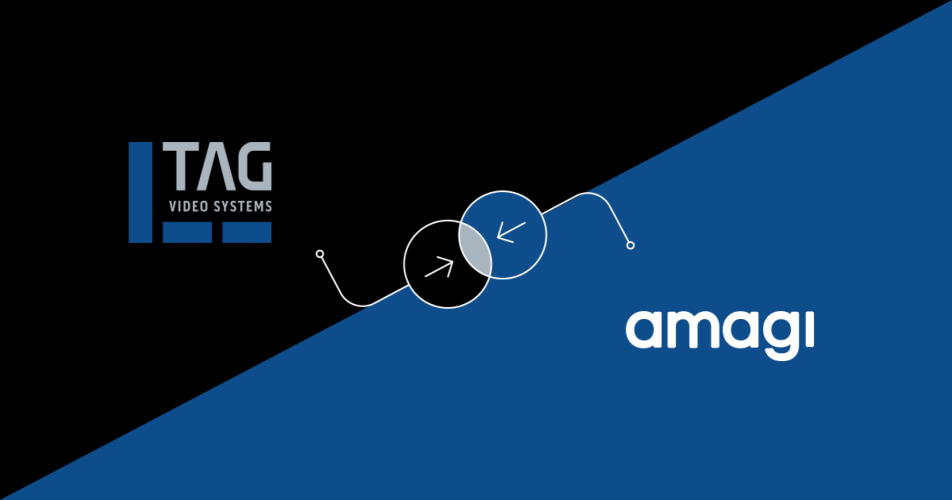Automating intelligence across the signal flow

Author: Bob Pank#
Published 1st August 2012
Back when broadcasters maintained small channel lineups, monitoring was a simple task that could be performed cost-effectively by station staff. The manual system-wide monitoring of critical audio and video parameters required dedicated staff all along the broadcast chain, but the investment typically could be justified. However, even with dedicated human monitoring, it still was extremely difficult for a single operator to cope with multiple language tracks, multi-channel audio, and the ever-increasing amounts of technical and operational metadata that tie automated systems together.
Increasingly complex operations and the dramatic jump in the channel counts maintained by most broadcast facilities made this model too costly and cumbersome to continue — worthwhile only for extremely high-value content, if even that. Added economic pressures and the need to do more with less have led broadcasters to add monitoring to the list of key processes, such as ingest, scheduling, and playout, being managed by automation systems.
While these latter processes have advanced in their sophistication, few automated monitoring solutions have evolved to the level of intelligence required for effective quality control (QC). One common issue compromising the value of automated QC solutions has been their limited deployment, typically only at the end of the signal flow. A second limitation of most current QC monitoring systems is that they are designed primarily to detect the rare absolute technical failure — such as sync loss, no audio, or digital freeze — rather than subtle issues that occur more frequently.
The detection of catastrophic signal loss is useful, but it is no substitute for the subjective evaluation that humans can bring to quality assessment. When audio is being played out in the wrong language or the wrong content is playing out, monitoring performed strictly according to technical parameters will not alert operators to a problem. Effective quality control in a modern broadcast facility requires intelligent monitoring of the quality of the video images from ingest to transmission, as well as other critical elements including multichannel sound, multiple language tracks, content scheduling and delivery, and metadata including closed captions, subtitles, and content advisory ratings.
Automating Intelligence Across the Signal Flow
Snell’s Hyperion technology enables broadcasters to monitor the integrity of the content that passes through every stage of the broadcast infrastructure. Designed on the belief that opinion-based human intelligence is a more effective way to validate content quality than the simple monitoring of technical parameters of a video signal, Hyperion provides a set of intuitive processes that mimic the eyes and ears of a human observer. This technology was the first broadcast monitoring solution to evaluate the content of a television signal, as well as measure the absolute technical properties of the signal carrying that content.
Because Hyperion is an integral part of modular Snell products positioned across the broadcast workflow, it can be deployed in a distributed system to monitor content quality through the entire broadcast chain. By using the entire broadcast infrastructure to monitor quality, Hyperion can ensure that content failures of never go on air. Tailored to the requirements of the operator, Hyperion goes beyond technical check points to form an educated “opinion” as to whether content video, audio, and metadata meet the quality standards necessary to satisfy both viewers and the contractual agreements key to ad revenues.
In addition to measuring technical parameters and monitoring metadata, Hyperion employs a variety of detection algorithms to evaluate various program types according to specifications — a preset profile of expected behavior for that content — set by the user. The factors monitored may include the motion content of the video signal, the intensity of color, or the amount of darkness.
Unlike conventional monitoring systems, Hyperion detection works on “stillish” and not absolutely still pictures, or “blackish” and not absolutely black pictures. The technology assumes that if a picture is largely still, then it likely is not fulfilling its role of generating revenue. Users can refine this parameter further by defining one or more specific regions in which stillish and blackish is monitored. Alarms for faults such as stillish and blackish video are time stamped and can be logged over time to provide engineers with valuable information about what went wrong, when, and to what degree of severity.
Monitoring Locally and Remotely With Video “Thumbnails”
When operating in conjunction with automation and scheduling systems, Hyperion allows the user to track signals and automatically verify the accuracy of program playout by inserting and reading back SMPTE UMID and program ID metadata. The solution can even report back the total number of frames of each individual piece of content transmitted both locally and from remote locations such as head ends. This data can be logged and used to produce a QC report confirming that all frames were played out correctly.
Hyperion-enabled products can provide raw data to virtually any third-party multiviewer via a full SNMP control and monitoring interface. Hyperion also operates through the Snell RollMap™ Infrastructure Management System, in which thumbnail viewing plays an integral role in monitoring not just Snell gear, but also video servers, transmitters, and IT infrastructure. From the RollMap monitoring GUI on their PCs, users get small low-bandwidth views of the channels being monitored. From this top-level view, an operator can drill down to individual system components for more detailed operational status or to change settings. The hybrid RollMap/multiviewer feature combines high-quality video and a RollMap-generated background with an overlay showing Hyperion alarm status.
Visual confirmation of correct signals complements the video, audio, and metadata alarm information also provided by Hyperion to give users a secondary level of confidence that content is correct at both internal and remote locations. An overlay of audio data is presented on the individual thumbnail when the operator zooms in on it.
Using low-bandwidth video thumbnails sent over IP rather than a costly satellite link, Hyperion enables cost-effective remote monitoring and content identification from source to output. Delivery of thumbnails from a regional site to a central location thus supports hub-and-spoke playout models, enabling broadcast groups to use their expert engineering resources more effectively across multiple sites or stations.
Because Hyperion technology is being integrated into Snell’s IQ Modular™ products that process video, audio, metadata, and other content, it is automatically distributed throughout the broadcast plant where these infrastructure products are installed. By using Snell infrastructure products to distribute Hyperion monitoring points in this way, customers can gain tremendous extra value throughout their operations.
The sophisticated monitoring and QC capabilities of Hyperion enable highly efficient and cost-effective content monitoring by fewer staff at fewer sites. This technology is now being implemented in all new Snell products, whether hardware- or software-based, to facilitate system-wide content monitoring with multiple monitoring points throughout the broadcast signal chain.






























